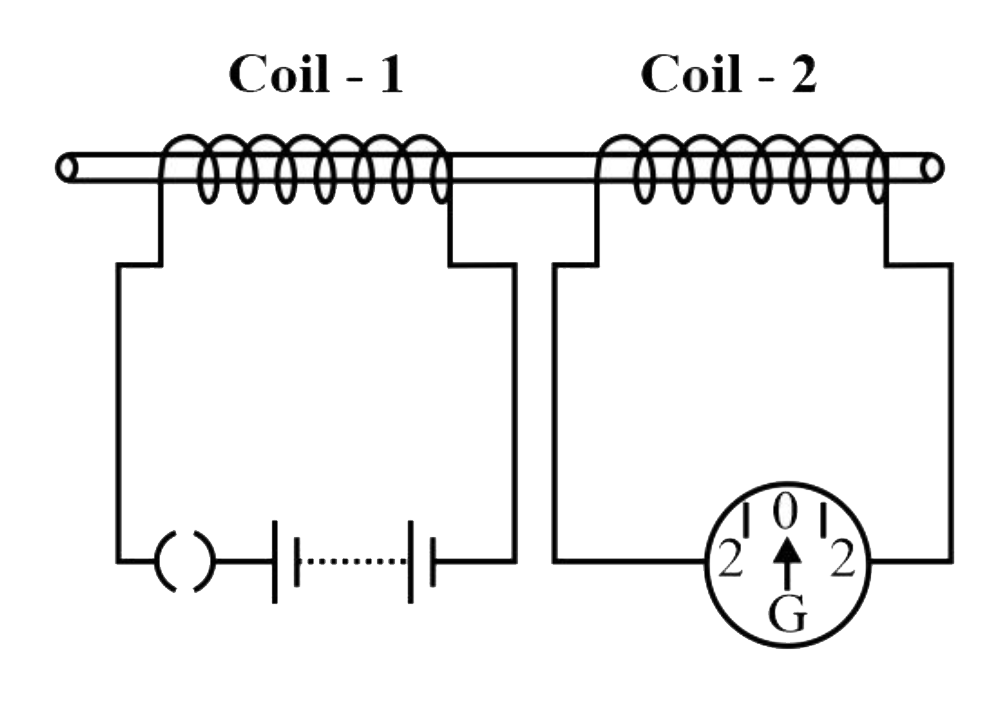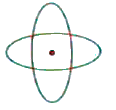A non - conducting cylindrical rod is inserted within two coils of insulated wires, as shown in the given figure. A battery is connected to coil 1 , while a galvanometer is connected to coil 2

On switching on the current in coil 1,
coil 2 will move towards it
coil 2 will move away from it
the pointer of the galvanometer will remain at zero
the pointer of the galvanometer will show a deflection
The correct Answer is:D
Step by step video & image solution for A non - conducting cylindrical rod is inserted within two coils of insulated wires, as shown in the given figure. A battery is connected to coil 1 , while a galvanometer is connected to coil 2 On switching on the current in coil 1, by Physics experts to help you in doubts & scoring excellent marks in Class 12 exams.
Updated on:21/07/2023Similar Questions
A moving coil galvanometer can be converted into a voltmeter by connecting :
View SolutionTwo coils of wires A and B are mutually at right angles to each other as shown in the figure. If the current in one coil is changed, then in the other coil

View SolutionTwo conducting coils are placed co - axially now a cell is connected in one coil then they will :
View SolutionTwo coils of self inductance L1 and L2 are connected in parallel and then connected to a cell of emf ε and internal resistance - R. Find the steady state current in the coils.
View SolutionTo convert galvanometer into ammeter which one of the following is connected with the coil:
View SolutionA coil of resistance 40Ω is connected across a 4.0 V battery. 0.10 s after the battery is connected, the current in the coil is 63 mA. Find the inductance of the coil.
View SolutionA coil of inductance 0.2 henry is connected to 600 volt battery. At what rate, will the current in the coil grow when circuit is completed?
View SolutionA coil and a bulb are connected in series with a dc source, a soft iron core is then inserted in the coil. Then
View SolutionA coil of inductance 0.5 henry is connected to a 18 volt battery. Calculate the initial rate of growth of current.
View SolutionIf a shunt 1/10 of the coil resistance is applied to a moving coil galvanometer, its sensitivity becomes
View Solution
